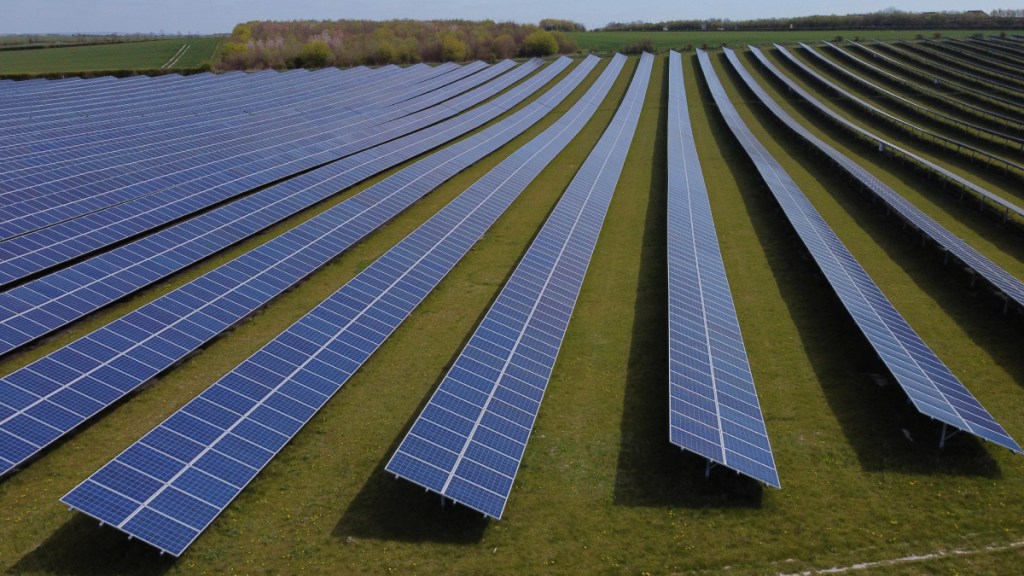After a dull first half, the capacity addition in India’s renewable energy sector is expected to increase in the second half of the financial year FY24 owing to lower prices of solar modules and relaxation of the approved list of models and manufacturers (ALMM) by the government which may enable developers to commission many of the delayed projects by the year end, analysts say.
In the first half of the current financial year, the country added 6.6 GW RE capacity, against the target for the full year of 20 GW.
“Solar module prices are trading at about 14 to 15.5 cents per watt from the peak of 27 cents in 2022. This is enabling the developers to place orders for modules and finish their projects at the earliest,” said Vikram V, Vice-President & Sector Head, Corporate Ratings, ICRA. “We are going to see a lot of projects getting commissioned by March 2024.”
The RE capacity addition was slow during the first half of the current financial year mostly because the projects were delayed due to supply-chain challenges.
India’s power demand rose 8% in the first half of the financial year and is likely to grow 7% for the full year, given the continuing strength in demand, Jefferies said in its latest report. Given this, all-India thermal plant load factor (PLF) was pushed to 69% in H1FY24 against 60% last year, Jefferies noted.
India meets around 23% of its total power requirement through REs and as much as 74% from thermal power sources. The target is to increase the share of RE in the energy mix to 40% by 2030, Vikram said.
So far, renewable auctions are lower than the 15-20 GW annual run-rate required for the country to meet its target of 300 GW RE capacity by 2030. Solar and hybrid accounted for 69% and 13% of the bids, as per the report.
Power minister R.K. Singh had earlier said that India may add 25-30 GW of thermal electricity generation capacity to meet the country’s rising demand.
While the high cost of key inputs and very low tariffs discovered under solar auctions in the last few years have caused some concerns about India’s ability to achieve ambitious RE targets set under the National Electricity Plan, experts see a gradual pick-up.
The government has projected the RE installed capacity at 596 GW by 2032 in its National Electricity Plan released in May. It has also envisaged an investment of $410 billion for power capacity addition during 2022-2032. However, the International Energy Agency estimates an investment of $160 billion each year till 2030 for the country to reach its target of net zero emissions by 2070.

